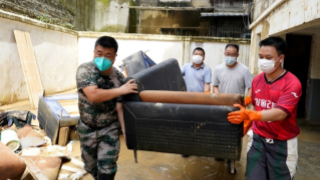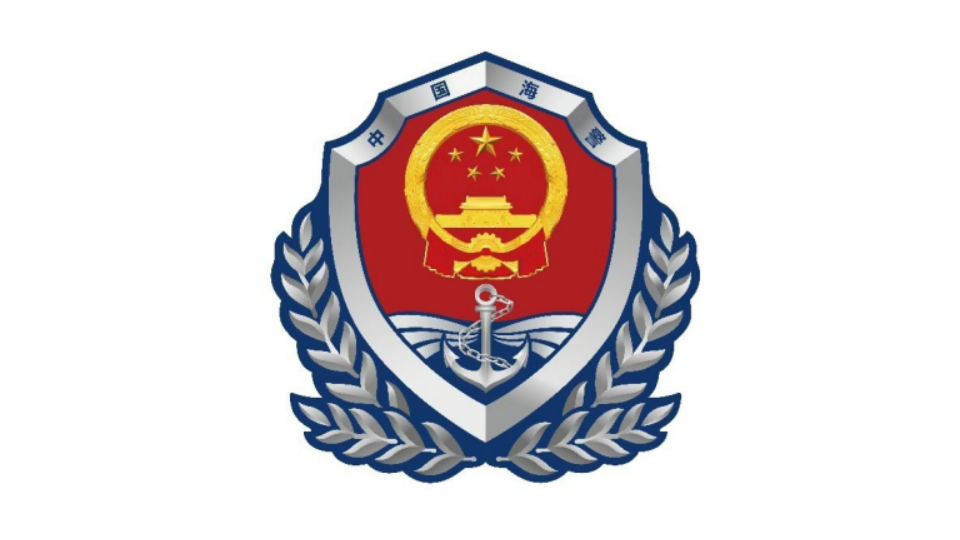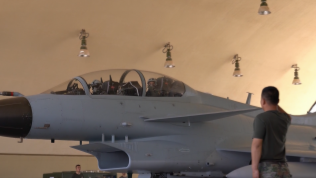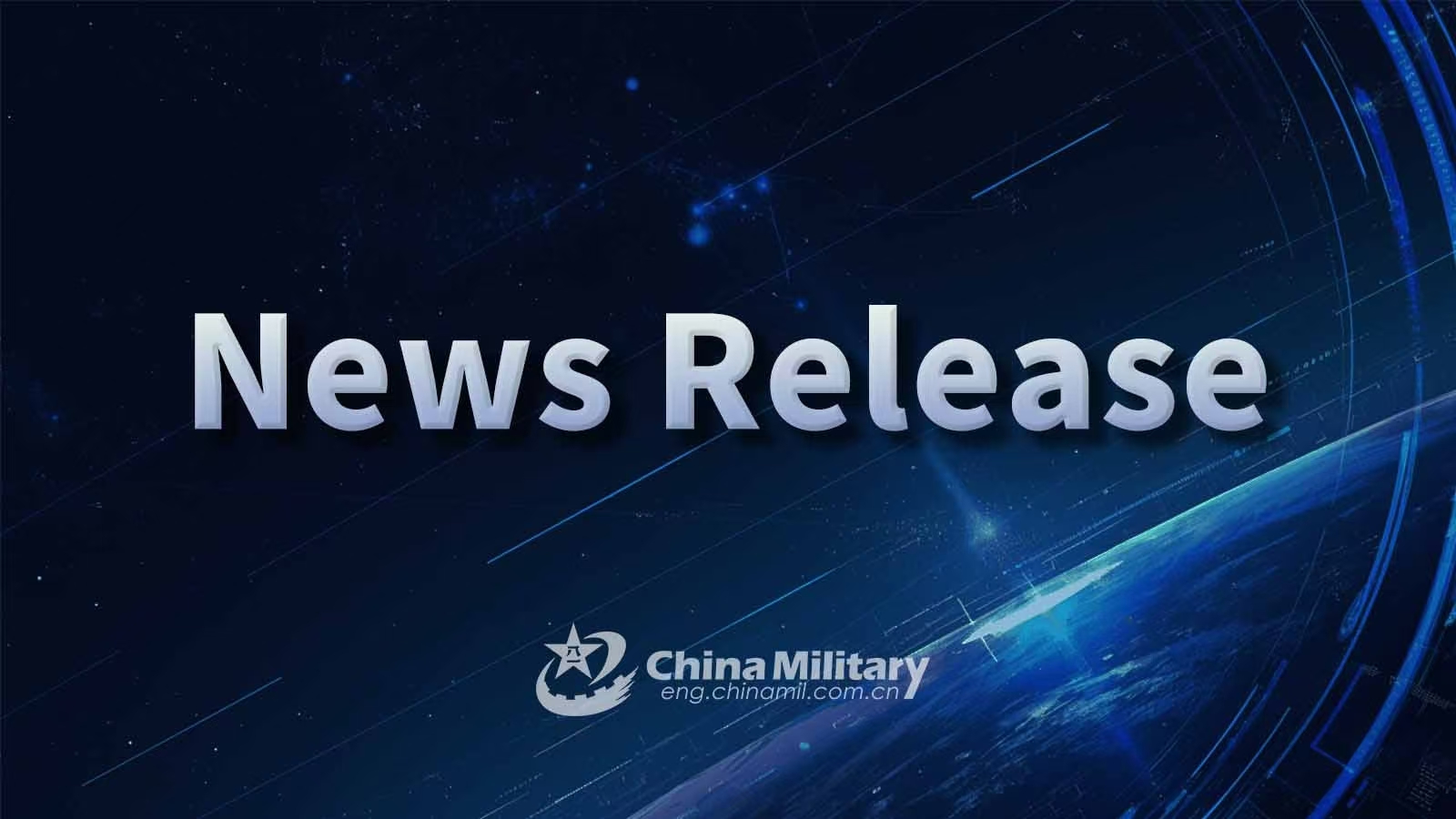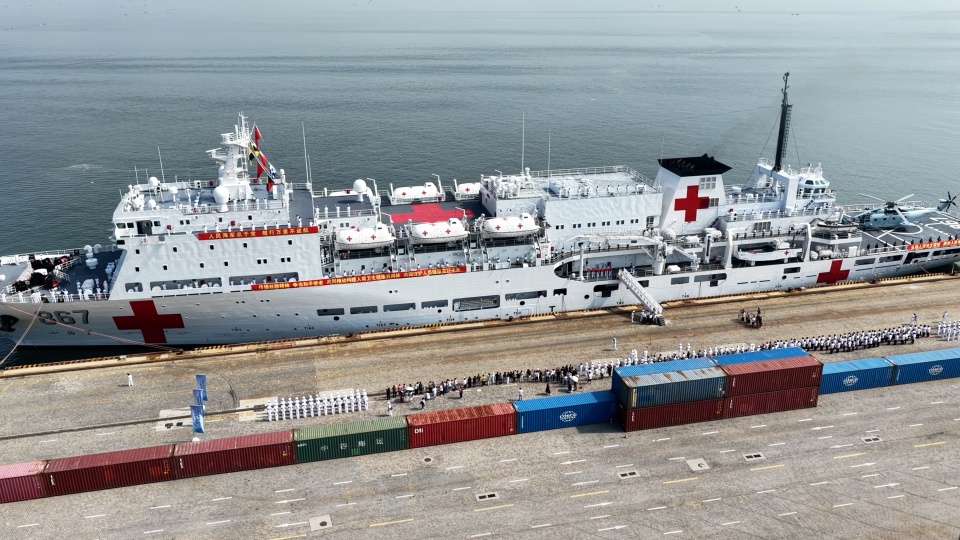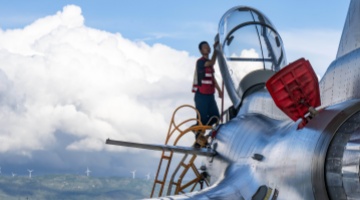By Yu Bing
Recently, Japan Self-Defense Forces (JSDF) launched the annual "Fuji Firepower Exercise". A variety of new equipment appeared in the exercise, including the improved Type 12 surface-to-ship missile (12SSM), the hypersonic missile, and other long-range offensive weapons that have attracted particular attention.
According to the plan issued by Japan's Ministry of Defense, the two missiles will be prioritized for future deployment in the Kyushu region. Some analysts pointed out that the expedited deployment of those offensive weapons by Japan has breached its "exclusively defense-oriented" policy, marking the JSDF's accelerated pursuit of "preemptive strike" capabilities, which will further impact the stability of the Asia-Pacific region.
Among the equipment showcased in the exercise, the improved Type 12 missile has not only extended the range from 200 kilometers of the original version to 1,000 kilometers, but also achieved coverage of land-based targets through its stand-off strike capabilities. The hypersonic missile making its debut has been clearly positioned as a "powerful weapon for preemptive strikes against enemy bases", with a maximum range of about 900 kilometers and the potential range of the future upgraded version of up to 3,000 kilometers.
There are thoughtful calculations underlying Japan's plan of prioritizing the deployment of the two missiles in the Kyushu region. Previously deployed with the original version of Type 12 missiles, the region allows more rapid deployment of the improved versions and higher integrated operational effectiveness. In terms of strategic objectives, once the two missiles, with ranges between 900 and 1,000 kilometers, were deployed in the Kyushu region, they would pose a substantial deterrent to multiple surrounding areas.
Moreover, by deploying missiles in the region, Japan aims in part to avoid the sensitive frontier zones including Okinawa, and mitigate criticism of Japan's military expansion from the international community. In essence, Japan's move intends to trade geographical space for flexible interpretation in public opinion, thereby disguising its military expansion.
According to related informants, with its limited subsonic speed, the improved Type 12 missile is susceptible to interception by modern air-defense systems due to its extended time between launch and hit. This means an obvious tactical vulnerability in what Japan refers to as "counterattack capabilities". However, the deployment will in its own right stimulate the opponents to prioritize the development of "first-round destruction" capabilities, narrowing Japan's strategic maneuver space instead. In fact, rather than enhancing its defense capabilities, Japan puts more emphasis on achieving a leap to "preemptive strike" under the guise of building its self-proclaimed "counterattack capabilities".
Over the past years, Japan's moves ranging from the reckless purchase of Tomahawk cruise missiles from the US, and the development of hypersonic weapons with strong support of the US to the modification of Aegis destroyers for the purpose of accommodating Tomahawk cruise missiles have clearly disclosed its ambition in accelerated development, import, and deployment of various long-range strike weapons. After their planned implementation in 2026, the improved Type 12 missile and the hypersonic missile will complete the strike combination of "subsonic and supersonic", significantly improving the JSDF's long-range strike capabilities.
Japan's moves including expedited development of long-range strike capabilities and pursuit of the self-professed "enemy bases' strike capabilities" have breached the restriction imposed by the pacifist constitution that the JSDF are not allowed to possess offensive weapons. If this kind of confrontational beggar-thy-neighbor policy were allowed to spread unchecked, it would ultimately affect the peaceful development prospects of the entire region. With no need to search for further lessons in history, the war of aggression launched by the Japanese militarists brought serious disaster to the people of all Asian countries.
As this year marks the 80th anniversary of victory in the Chinese People's War of Resistance Against Japanese Aggression and the World Anti-Fascist War, Japan should faithfully draw lessons from history, be cautious in its words and deeds in the military and security fields, contribute more to regional peace and stability, and take concrete actions to win the trust of its Asian neighbors and the international community.





